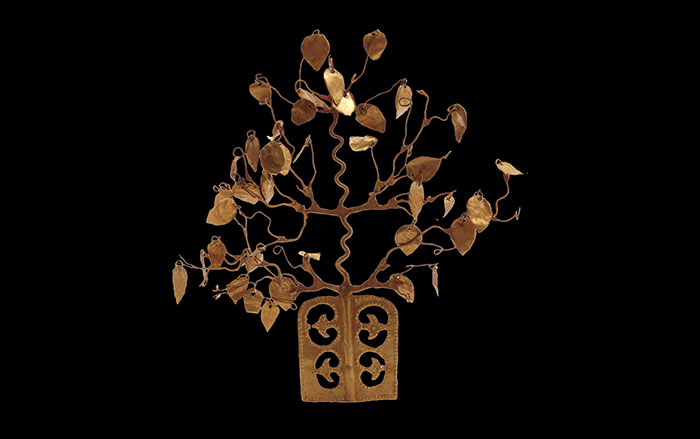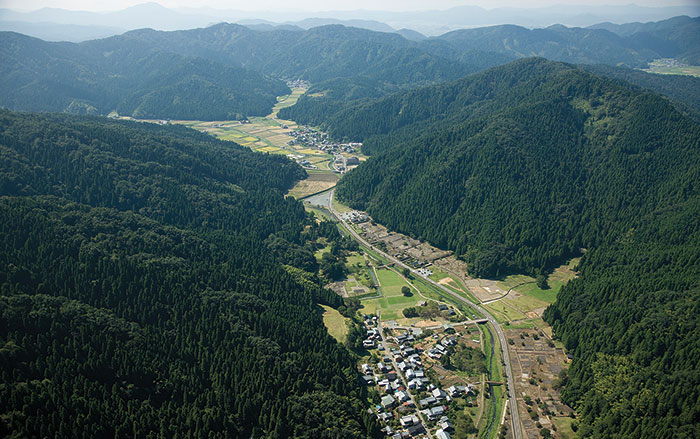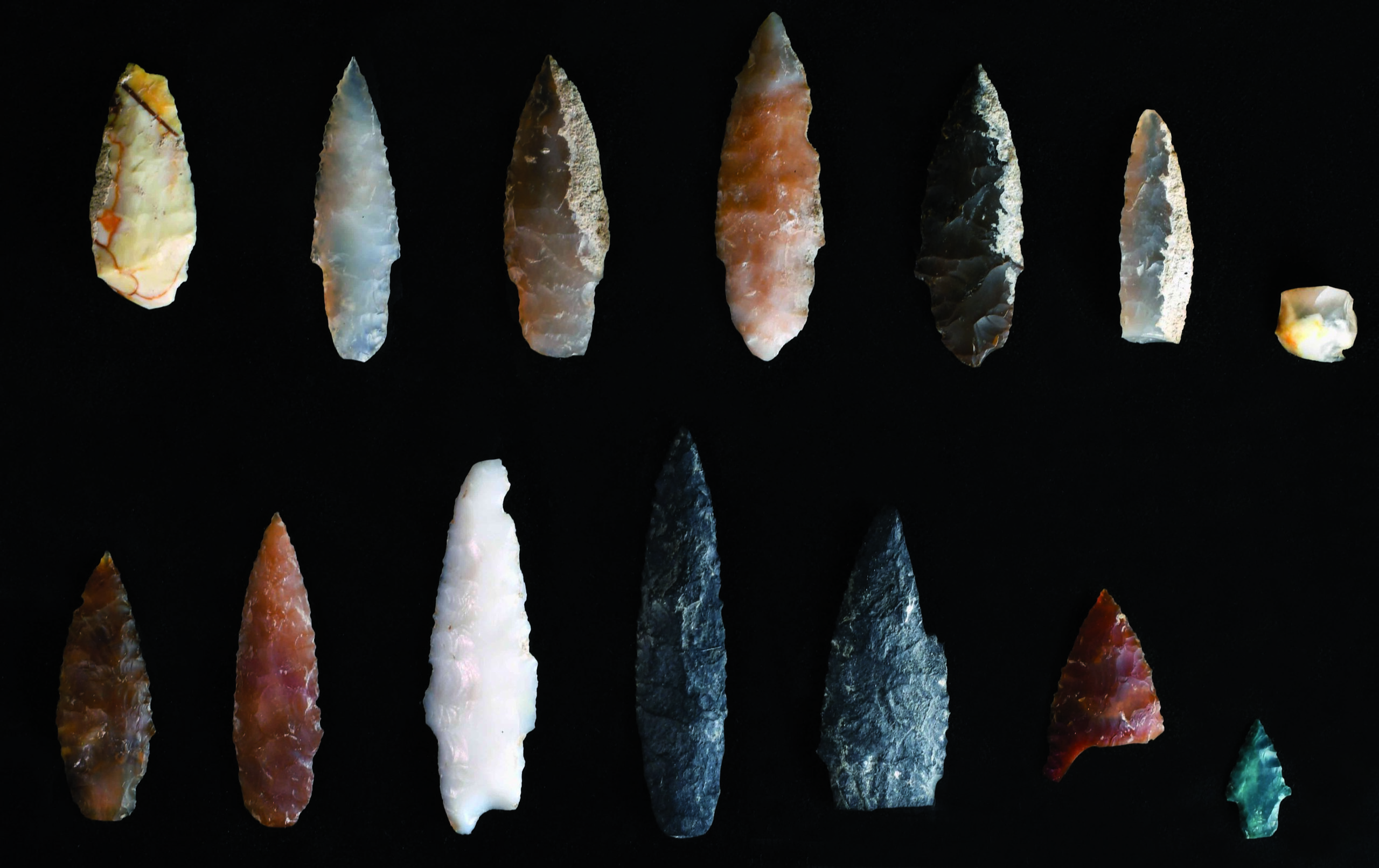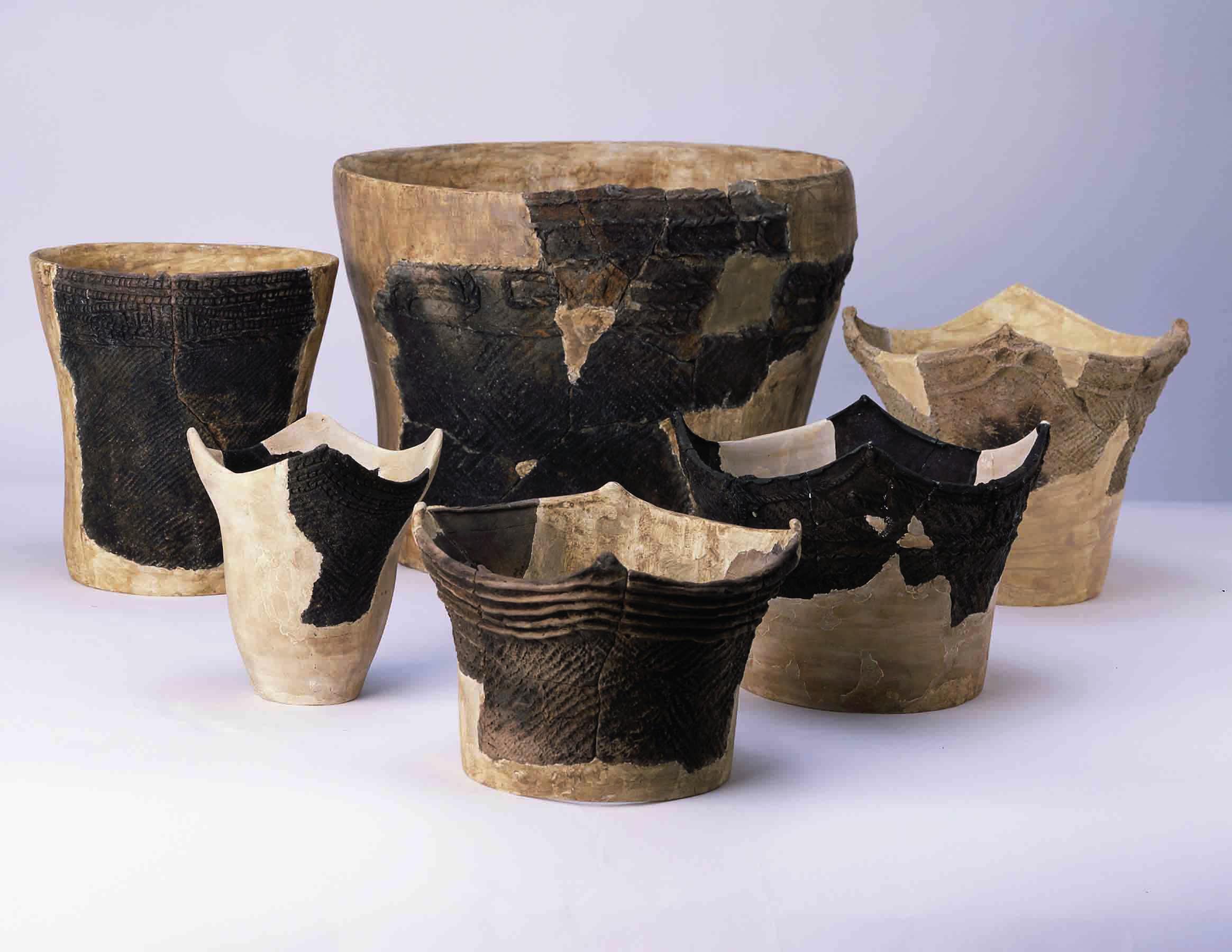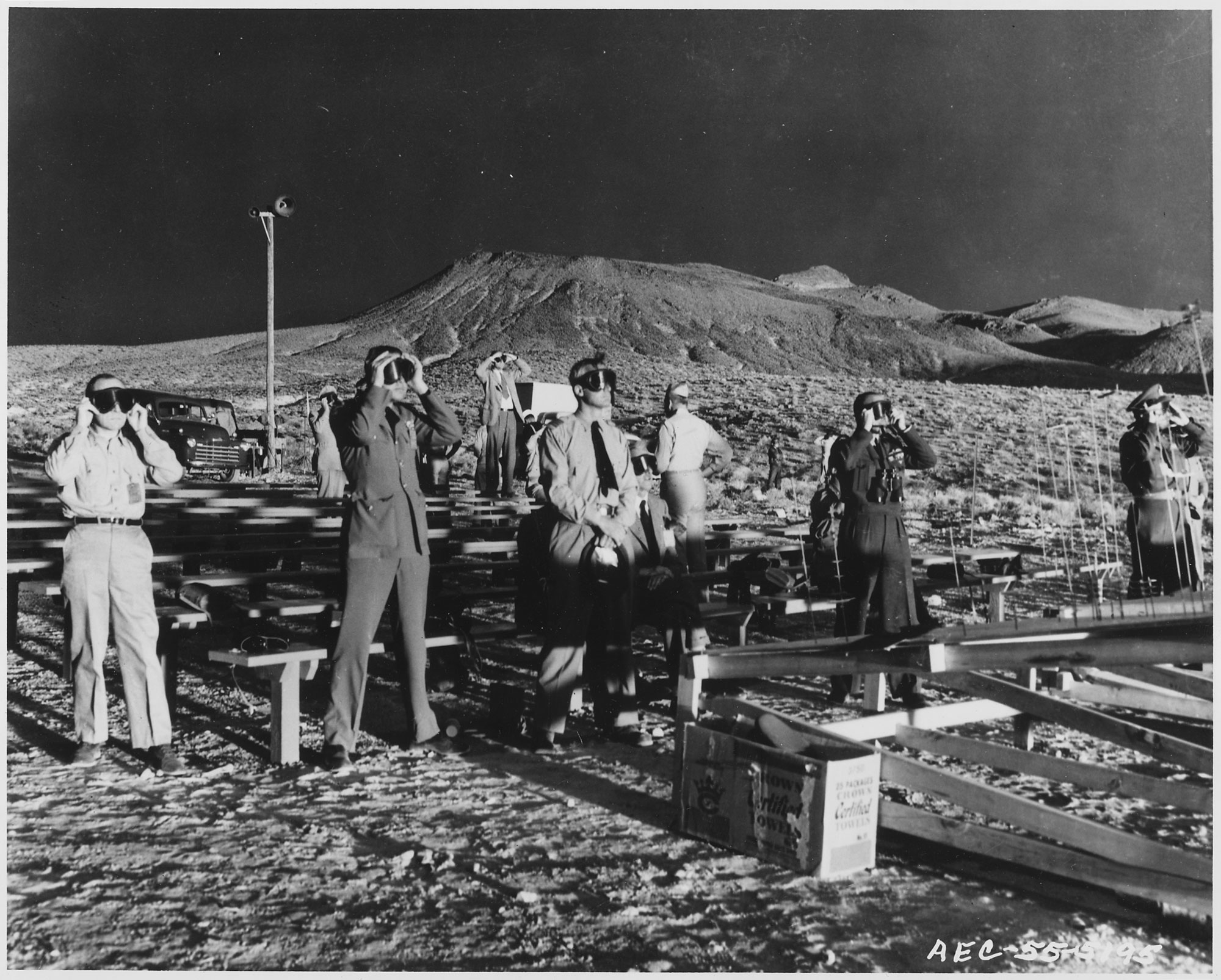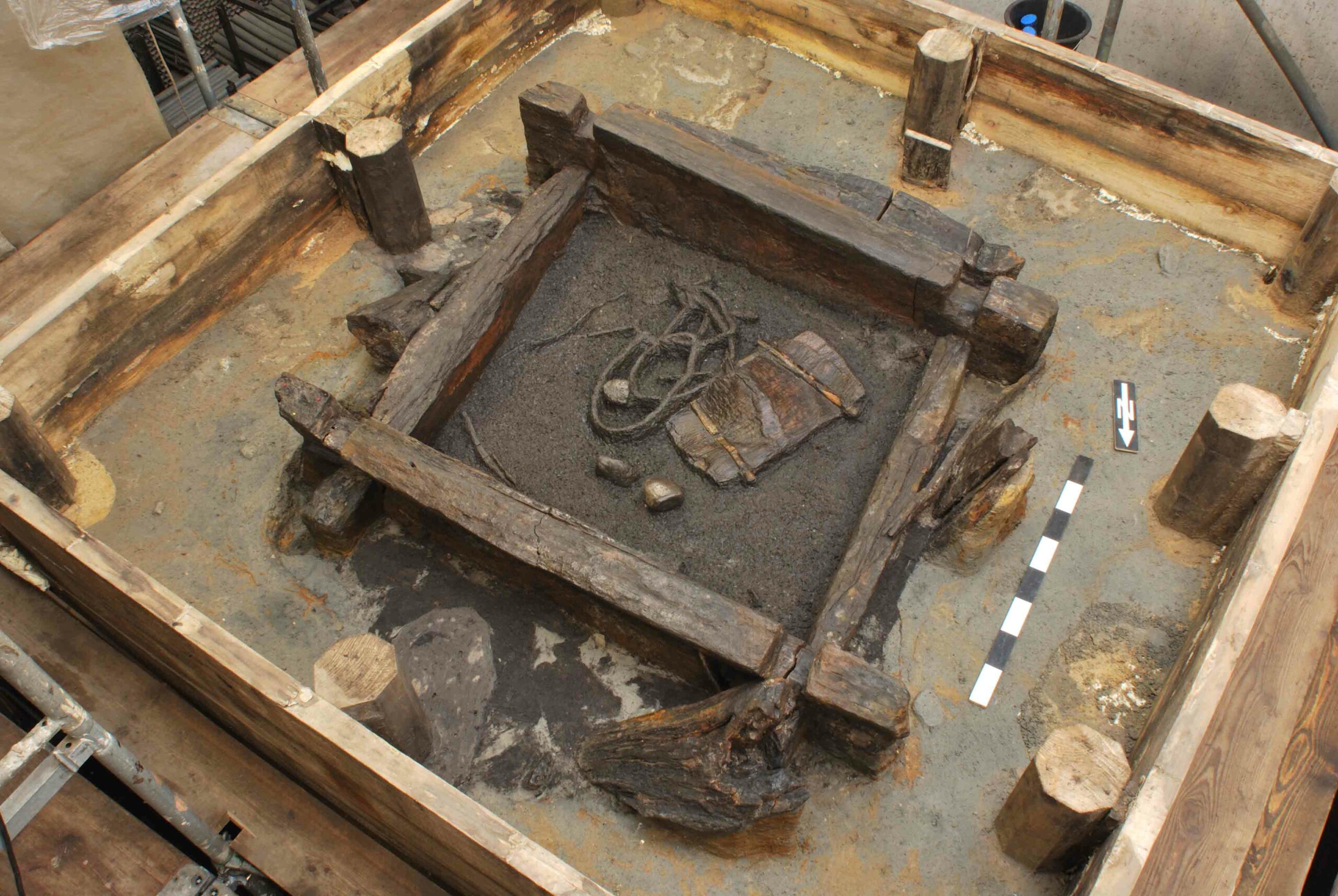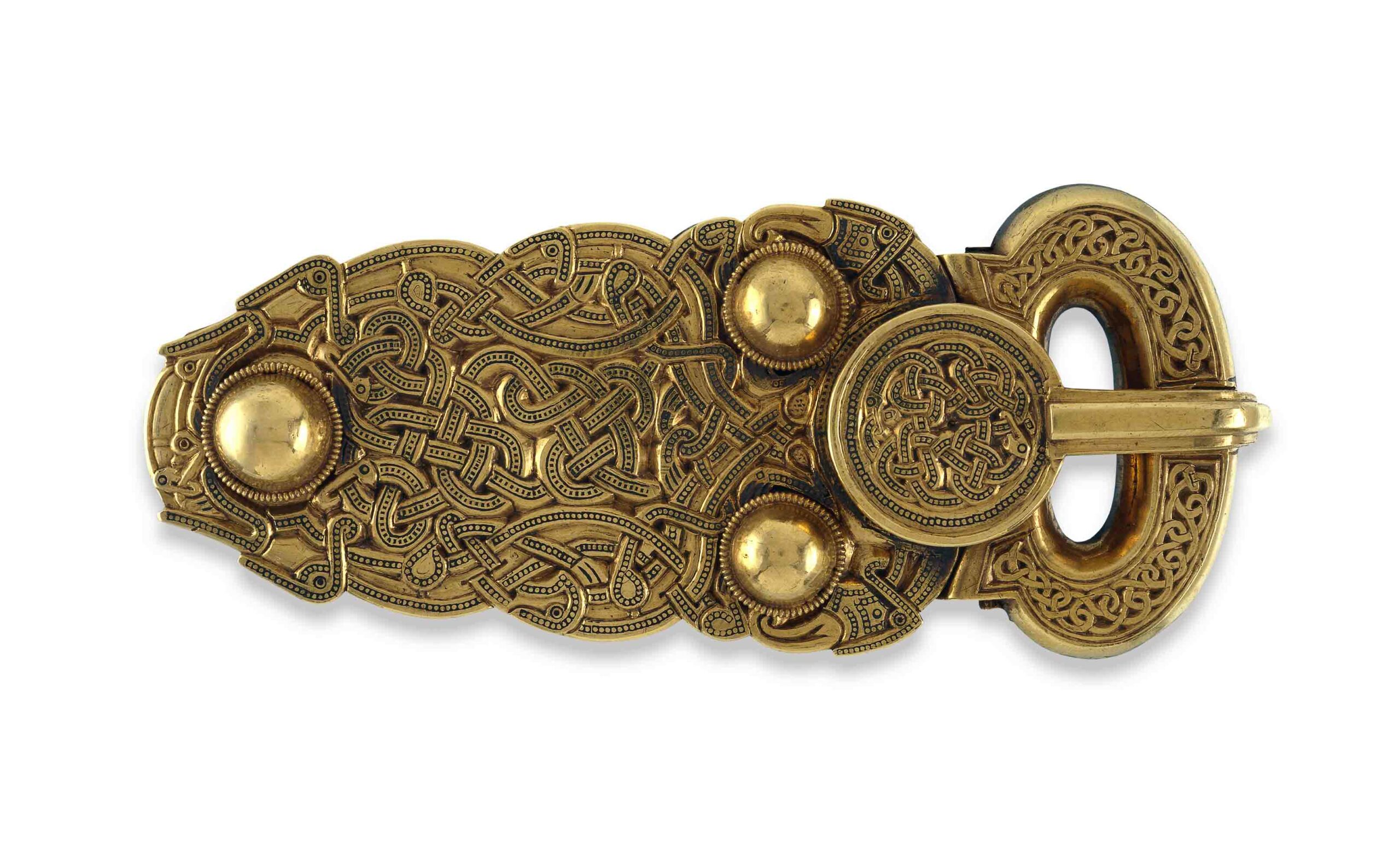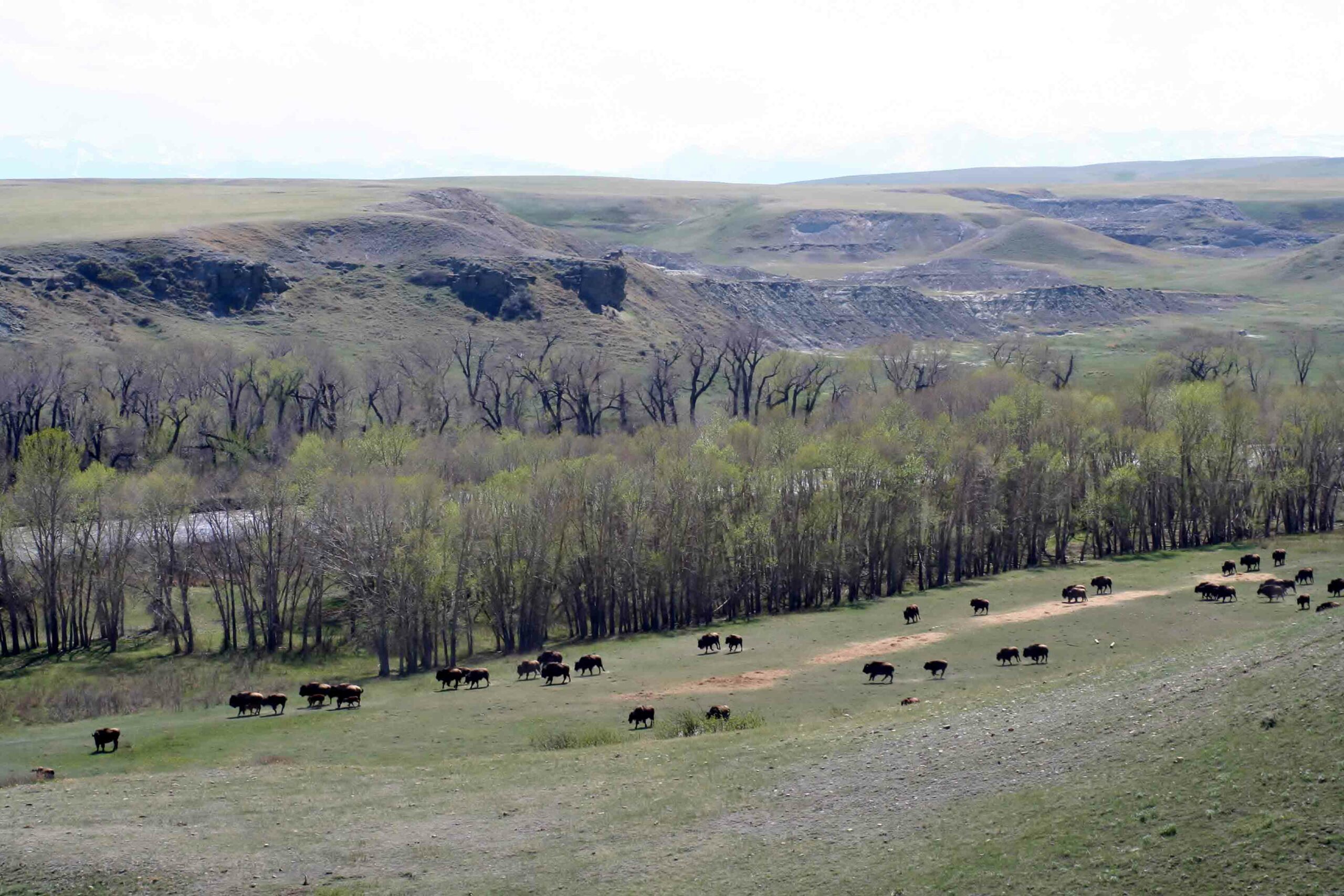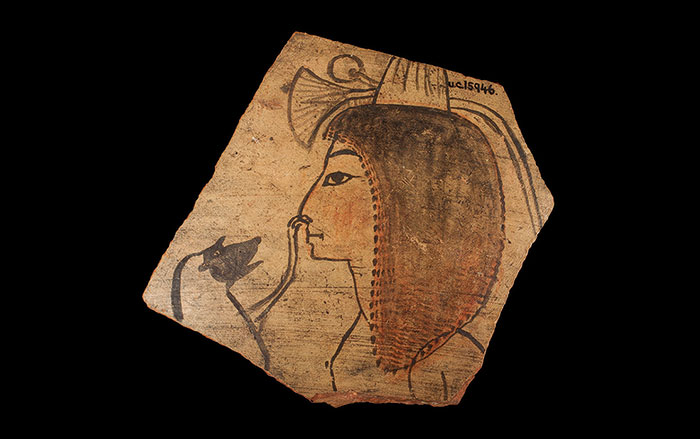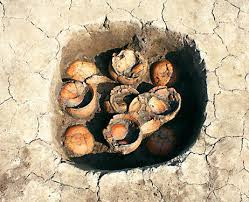
RITTO, JAPAN—Archaeologists in Shiga Prefecture have uncovered five pots that had been arranged in a cross shape, with points facing north, south, east, and west, and buried in a hole that also contained earthenware plates in its four corners. The lidded pots each contained five coins that date to 818. One of the pots also contained a peach pit. “They were likely buried in the hope of prosperity for the building owners and others, given that ancient coins bearing such words at ‘tomi’ (wealth) and ‘kotobuki’ (congratulations), as well as a peach seed believed to clear away bad vapors and bring perpetual youth and longevity, are encased,” Towao Sakaehara of the Osaka Museum of History told The Asahi Shimbun. The jars may have been a part of a Buddhist ritual intended to purify the site of a public office or the home of a local leader. This is thought to be the first time that such a discovery has been made in Japan. To read about the possible birthplace of Buddha, go to "Lumbini, Nepal."


